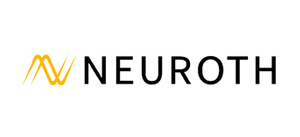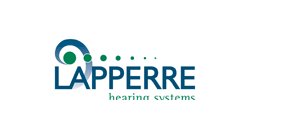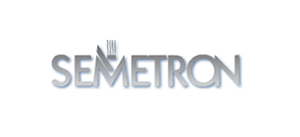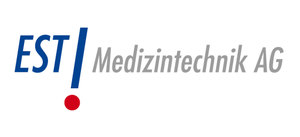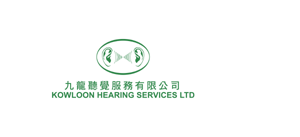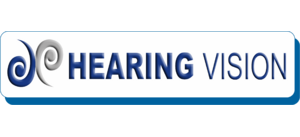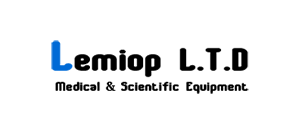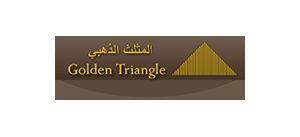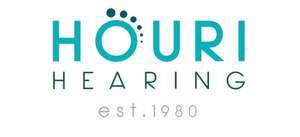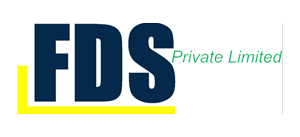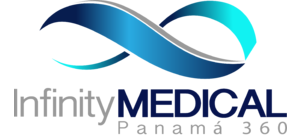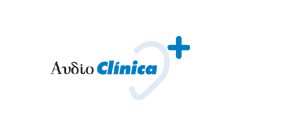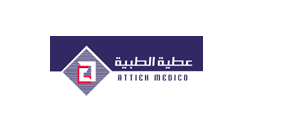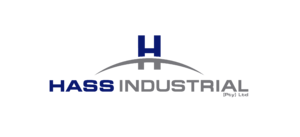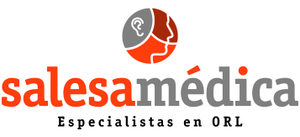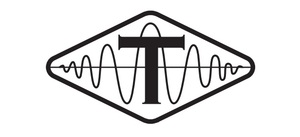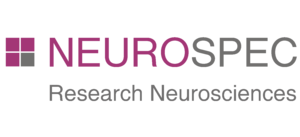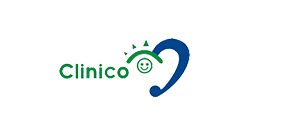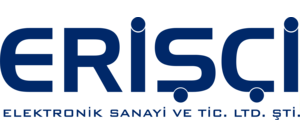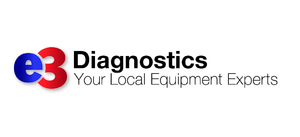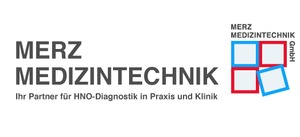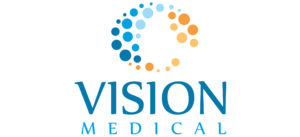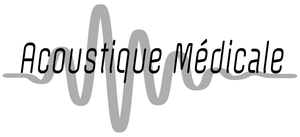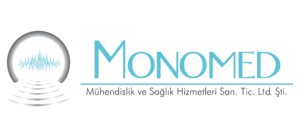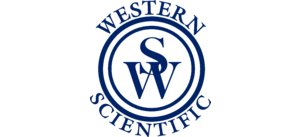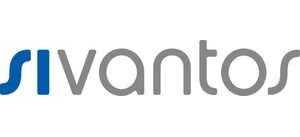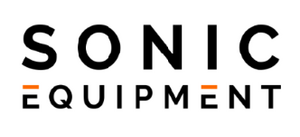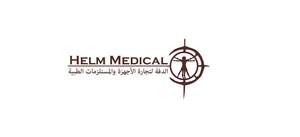OAEs can be evoked using a variety of different stimuli. For newborn screening, transient evoked OAEs (TEOAEs) have proved to be ideal in universal newborn hearing screening programs worldwide. In fact, nearly all the major UNHS proving trials used Otodynamics’ TEOAE instruments.
TEOAEs give rapid feedback to the tester. Results are easy to interpret with clear frequency-specific indications across the essential 1-4 kHz speech frequency, and up to 6 kHz in infants. They provide the most sensitive indicator of cochlear health.
Distortion product OAEs (DPOAEs) are evoked with pairs of pure tones. They are useful in the diagnostic clinic because they can be recorded with higher stimulus intensities and at higher frequencies than can TEOAEs. Multi-level DPOAEs with TEOAEs can therefore help to differentiate between slight and moderate cochlear losses.
In pre-school screening the higher frequency working range of the DPOAE technique can be useful in avoiding low frequency noise problems. DPOAEs can be an effective newborn screener, provided moderate stimulus levels are used.

